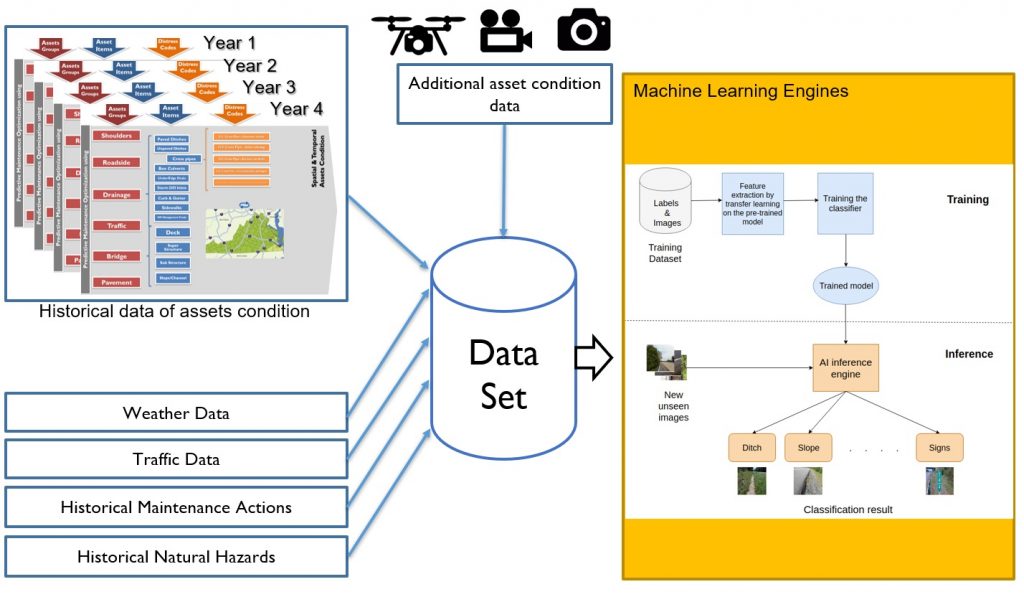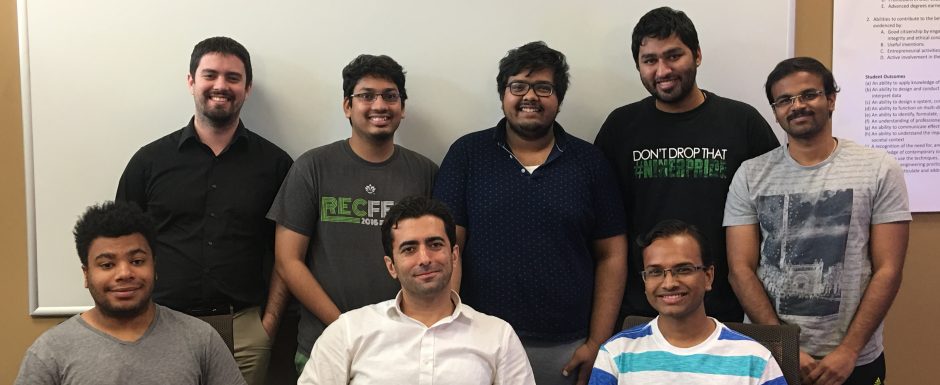This research aims to create a novel technology for autonomous visual detection and quality assessment of road asset items. With this, we hope to deliver software and operational tools equipped with AI to enhance the operational efficiency and minimize the human resources involved in road condition assessment and monitoring. This research is a joint collaboration with Dr. Omid Shoghli (Department of Engineering Technology and Construction Management, UNC Charlotte), and Leidos as one of the leading industries in this area.

Highway assets maintenance and inspection is an essential and costly process which is being done almost manually by the human. A regular inspection is needed in order to identify which assets are defected or deteriorated. Aside from the expenses, reducing the human involvement in the inspection procedure is vital from a safety approach. Currently, this process is being done manually and only less than one percent of inspection is automatic. With recent progress in deep learning, it is possible to utilize deep learning based image classification and object detection methods to automatize the highway assets inspection process. We are doing this project in collaboration with Leidos as a pioneer company in information technology and data engineering. There are a lot of challenges in the currently available data including but not limited to:
– Limited amount of data
– Similarity between images of different classes
– Occlusion of assets by external objects
– Complexity of features and variety of specific features along one class
Since our data type is image, convolutional neural networks (CNN) are currently the most reliable candidate to approach the challenges above. We use different CNN architectures along with state-of-the-art machine learning techniques such as transfer learning, regularization methods, data augmentation, etc. Using transfer learning we would be able to use a pre-trained deep learning model on a large similar dataset and use the output of this model to train our own classifier for the specific task that we want to do.
The final goal of this project is to have a smart machine that is scanning the highway area, detects and classifies a variety of highway assets, and is able to do the asset degradation classification at the edge utilizing an embedded GPU attached to the allocated sensor. Short term goal however, would be to design a computer vision based classification and condition assessment system for highway assets. The qualitative output of this system is the accuracy of model on distinguishing between different asset items or between defected items in different levels and those which are in good conditions.





